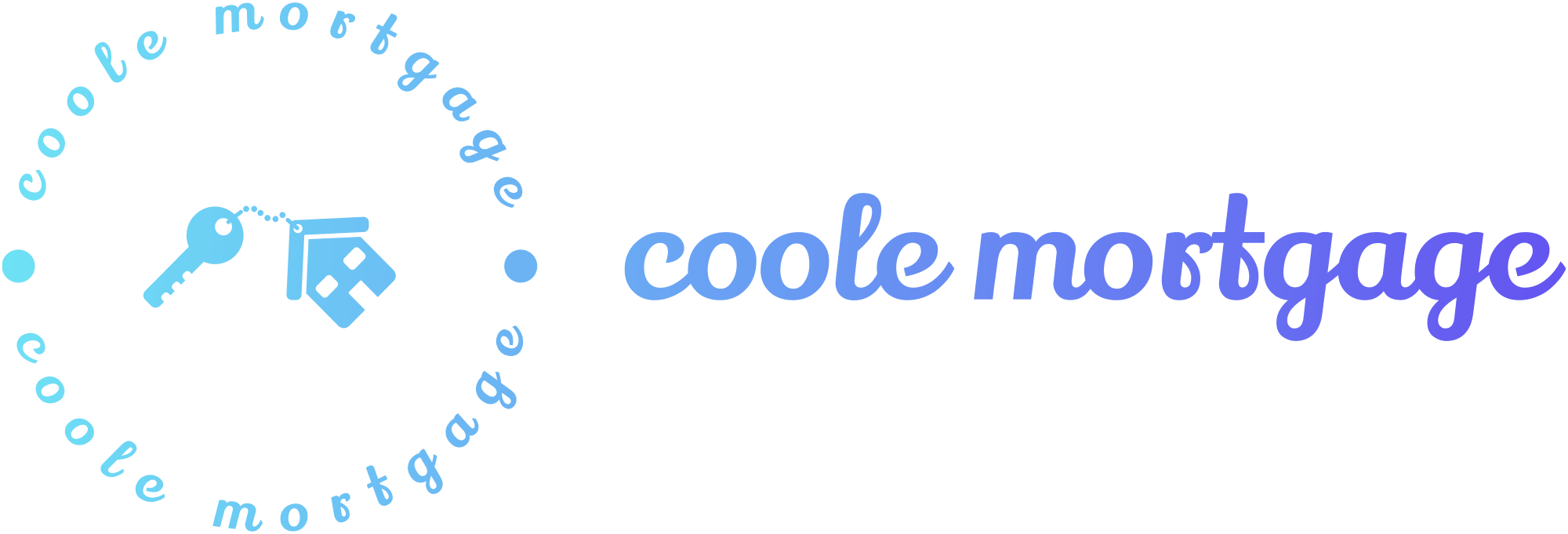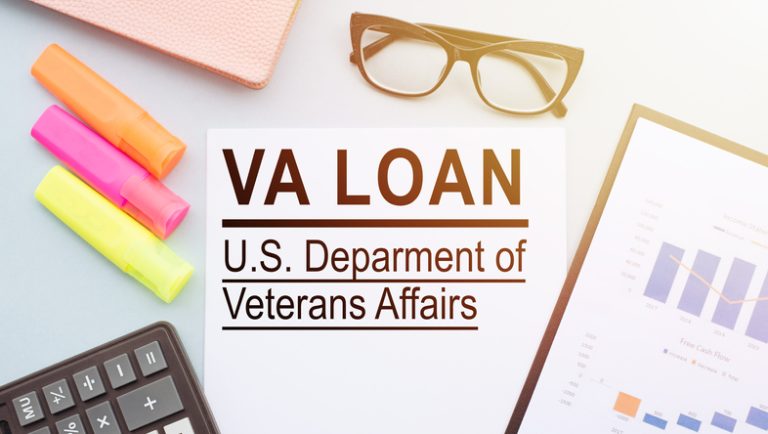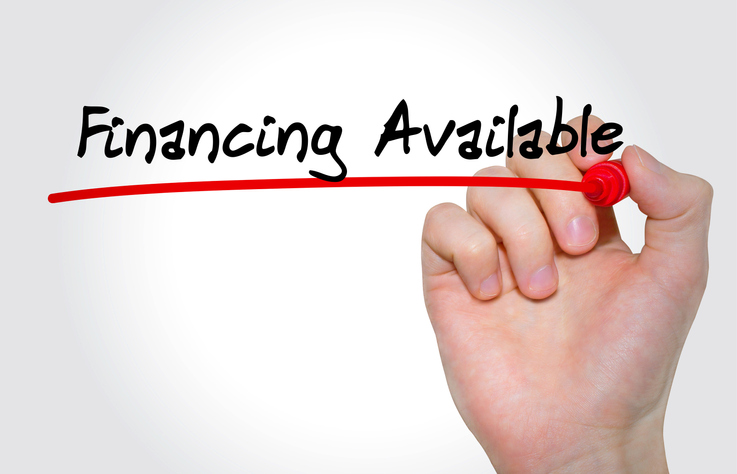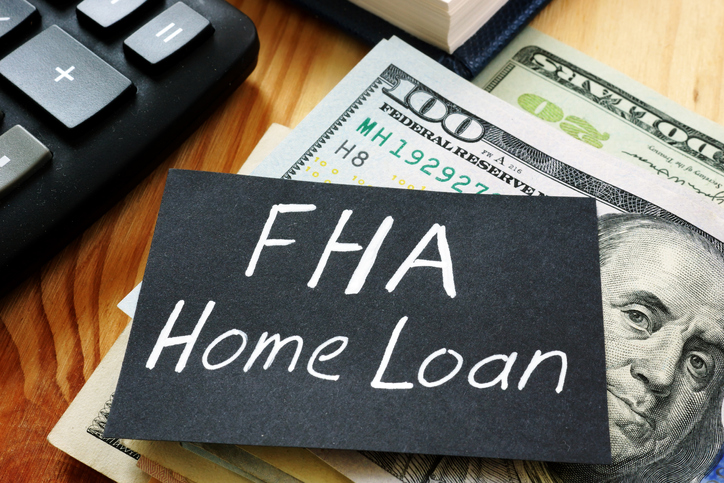3% Conventional Financing
A “3% conventional loan” refers to a conventional mortgage program that allows first time home buyers to make a down payment of as little as 3% of the home’s purchase price. In traditional mortgage lending, a conventional loan typically requires a down payment of at least 5% to 20% of the home’s value. However, some conventional loan programs, often referred to as “low down payment” or “3% down payment” programs, have been introduced to make homeownership more accessible.
A few key points about a 3% conventional loan:
1. With a 3% conventional loan, borrowers are required to make a down payment equal to 3% of the home’s purchase price. This is a lower down payment requirement compared to the standard 20% down payment associated with many conventional loans.
2. Similar to FHA loans, borrowers who make a down payment of less than 20% on a conventional loan are typically required to pay Private Mortgage Insurance (PMI). PMI protects the lender in case of borrower default. While PMI adds an additional cost to the monthly mortgage payment, it allows borrowers to secure a mortgage with a lower upfront down payment.
3. Borrowers interested in a 3% conventional loan must meet certain eligibility criteria, including credit score requirements and income verification. Lenders may have specific guidelines for these low down payment programs.
4. Conventional loans with low down payment options may offer flexibility in terms of loan duration (such as 30-year or 15-year terms) and fixed or adjustable interest rates. This allows borrowers to choose a loan structure that aligns with their financial goals.
5. While the down payment is a significant upfront cost, borrowers should also consider closing costs associated with the home purchase. It’s important to factor in these costs when budgeting for the overall expense of buying a home.
The specifics of low down payment conventional loan programs can vary among lenders. Different lenders may have slightly different terms, requirements, and eligibility criteria.
Additionally, the interest rate offered to borrowers can depend on factors such as credit score, financial history, and market conditions.
Who Qualifes for a 3% conventional loan?
What can negatively affect your conventional loan eligibility
No Credit History. It’s difficult to determine if you can pay bills on time without a credit history.
Bankruptcy. It does not disqualify you from obtaining a conventional loan but will require a more in-depth credit review. For Chapter 7 bankruptcy, at least four years must have elapsed and have re-established credit.
Late Payments. It’s best to apply for a conventional loan when you have a solid 12 months of on-time payments for all financial obligations.
Foreclosure. Past foreclosures are not necessarily a roadblock to a conventional loan, but it depends on the circumstances. A minimum of 7 years must have elapsed to qualify.
Collections, Judgements, and Federal Debt – In general, convenional loan requires that judgments are resolved prior to or at closing. Collection accounts may be required to be paid off depending on the circumstances, and all Federal debt must be in good standing.

Drawbacks of a 3% conventional loan
Stricter Credit Score Requirements: Conventional loans tend to have stricter credit score requirements. Borrowers with lower credit scores will find it more challenging to qualify for a conventional loan or may be subject to higher interest rates.
Private Mortgage Insurance (PMI): If the down payment is less than 20%, conventional loan borrowers are generally required to pay Private Mortgage Insurance (PMI). This adds an additional cost to the monthly mortgage payment until the borrower reaches a certain level of equity in the home.
Stringent Debt-to-Income Ratio (DTI) : Conventional loans often have more stringent debt-to-income ratio limits compared to some government-backed loans. Borrowers with higher levels of debt relative to their income will find it challenging to qualify.
Limited Flexibility for Unique Situations: Conventional loans have less flexibility in accommodating unique financial situations or alternative credit histories. Borrowers with non-traditional income sources or credit profiles will face challenges in securing conventional financing.
Potentially Higher Interest Rates for Lower Credit Scores: While conventional loans may offer competitive interest rates for borrowers with excellent credit, those with lower credit scores will face higher interest rates compared to government-backed loans with similar credit profiles.
The drawbacks associated with conventional loans vary based on individual financial situations and lender requirements. While conventional loans offer advantages, borrowers should carefully consider their specific circumstances and compare loan options to determine the most suitable financing solution for their needs.
Consulting with a mortgage professional can provide personalized insights and guidance.
Questions? We Have Answers.
Get answers to a list of the most Frequently Asked Questions.






